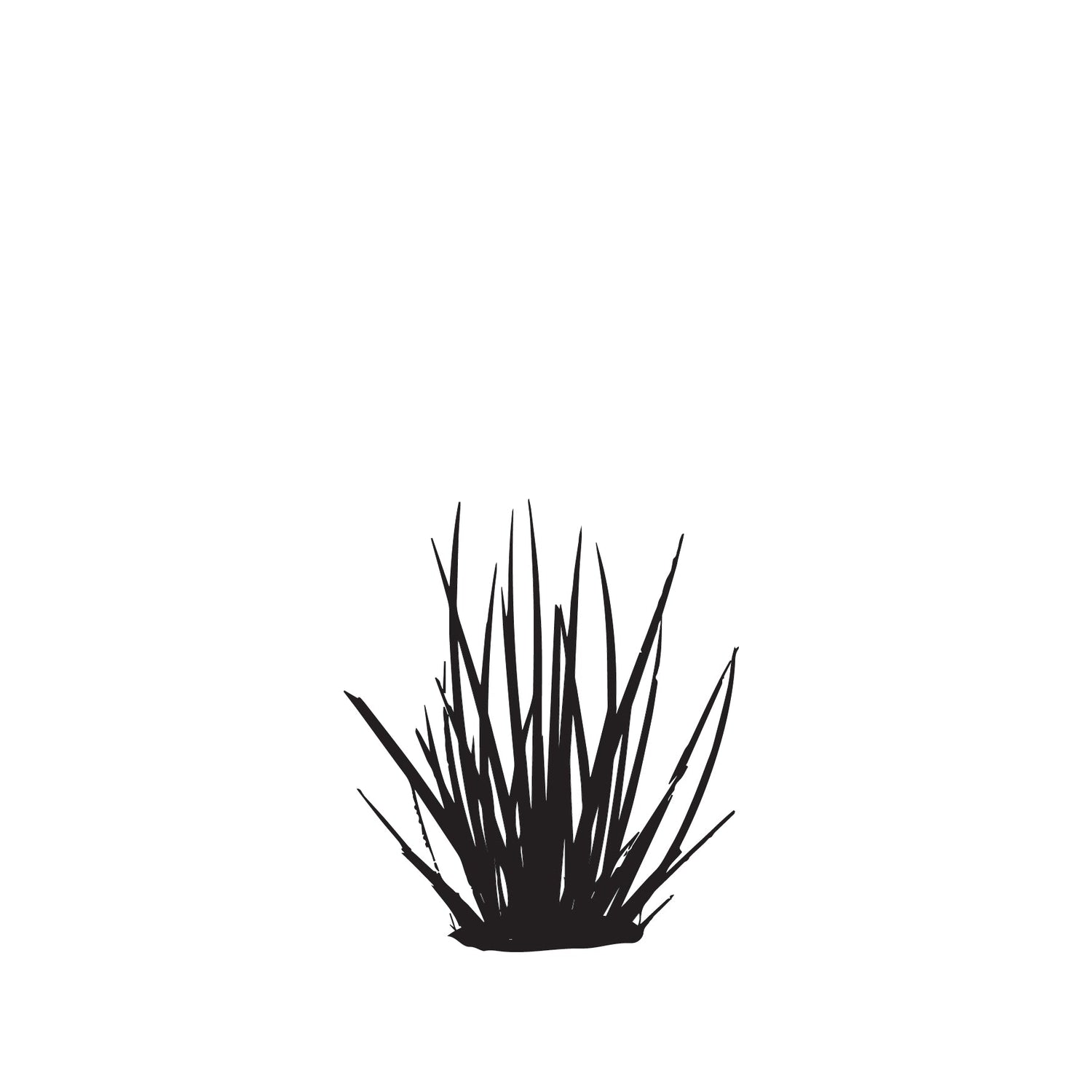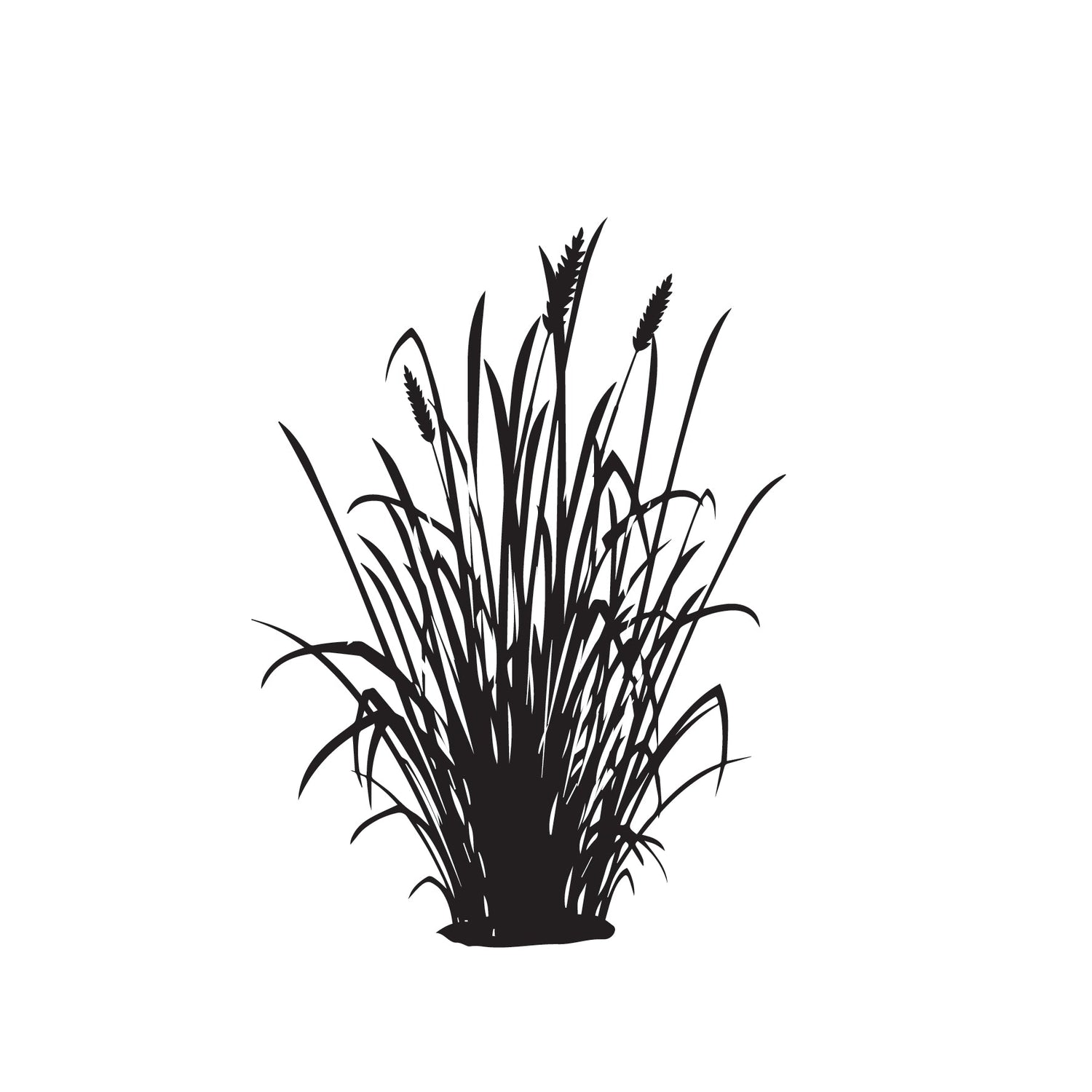Low-Maintenance NZ Flax Varieties: Top 3 Choices for Effortless Garden Beauty
Share
In the realm of garden design, balancing aesthetic appeal with practicality is key for creating an enjoyable outdoor space that requires minimal upkeep. New Zealand flax (Phormium spp.) offers a perfect blend of striking foliage and ease of maintenance, making it a favorite among gardeners seeking hassle-free plants. Here, we explore three top NZ flax varieties known for their resilience, vibrant colors, and low-maintenance characteristics, ensuring your garden remains beautiful with minimal effort.
- Phormium 'Amazing Red'
- Description: 'Amazing Red' is celebrated for its vibrant and bold red foliage that adds a dramatic touch to any garden landscape. The leaves are long and arching, creating a fountain-like effect that provides both texture and structure.
- Maintenance: This variety is exceptionally low-maintenance once established. It thrives in full sun to partial shade and tolerates a wide range of soil conditions, including coastal areas. Regular watering during dry periods and occasional pruning of dead leaves are generally all that's needed to keep 'Amazing Red' looking its best.
- Use in the Garden: Plant 'Amazing Red' as a focal point in borders, mixed plantings, or containers. Its striking color contrasts beautifully with green foliage and flowering plants, making it a versatile choice for various garden styles.
- Phormium tenax 'Yellow Wave'
- Description: 'Yellow Wave' is known for its variegated foliage with bold stripes of yellow and green. The leaves are upright and sword-like, creating a striking visual impact in the garden.
- Maintenance: This variety is hardy and easy to care for, requiring little more than regular watering during dry spells. It thrives in full sun but can tolerate partial shade. Remove dead leaves as needed to maintain its tidy appearance.
- Use in the Garden: 'Yellow Wave' is ideal for adding color and texture to borders, coastal gardens, or as a specimen plant. Its variegated foliage provides year-round interest, and the upright growth habit makes it suitable for narrow spaces or alongside pathways.
- Phormium cookianum 'Cream Delight'
- Description: 'Cream Delight' is a compact and graceful flax variety with narrow, arching leaves that feature creamy white margins. This cultivar offers a softer color palette while still maintaining the distinctive flax foliage texture.
- Maintenance: 'Cream Delight' is well-suited to gardeners looking for a compact and low-maintenance flax. It thrives in full sun to partial shade and requires regular watering during dry periods. Prune dead leaves and spent flower stalks to promote new growth and maintain its neat appearance.
- Use in the Garden: Plant 'Cream Delight' in borders, rock gardens, or as a container specimen. Its compact size and elegant foliage make it versatile for small gardens or urban spaces where space may be limited.
Tips for General Care of NZ Flax Varieties
- Watering: Water newly planted flax regularly until established. Once mature, water during dry spells to maintain soil moisture. Avoid waterlogging, as flax prefers well-drained soil.
- Fertilization: Apply a balanced fertilizer in spring to promote healthy growth. Use a slow-release fertilizer or organic compost to provide nutrients without excessive growth.
- Pruning: Remove dead or damaged leaves throughout the year to maintain plant health and appearance. Trim flower stalks after blooming to encourage continuous growth and prevent seed formation.
Choosing low-maintenance NZ flax varieties such as 'Amazing Red', 'Yellow Wave', or 'Cream Delight' ensures that your garden remains beautiful and vibrant with minimal effort. These selections offer a range of colors and textures to suit different garden styles while thriving in various environmental conditions. By incorporating these easy-care flax varieties into your garden design, you can enjoy their striking beauty and structural elegance year-round, creating a visually appealing and stress-free outdoor sanctuary.





